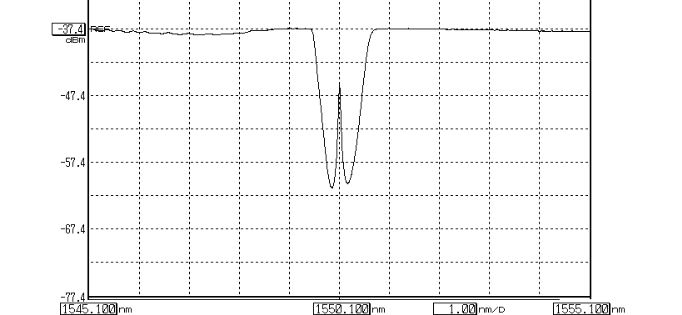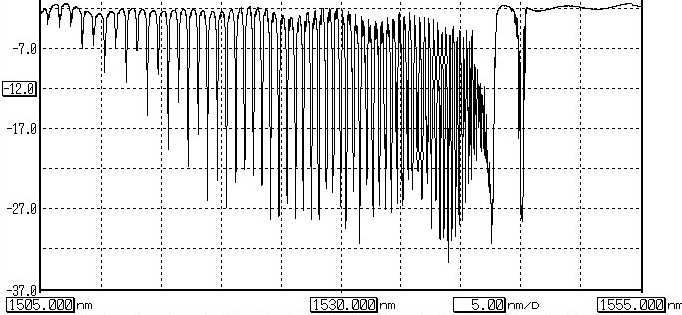Photoelectric sensor: Photoelectric sensor is a device that converts optical signals into electrical signals. Its working principle is based on photoelectric effect. Photoelectric effect refers to the phenomenon that when light shines on some substances, the electrons of the substances absorb the energy of photons and the corresponding electric effect occurs.Optical fiber sensor: An optical fiber sensor is a sensor that converts the state of the measured object into a measurable optical signal. The working principle of the optical fiber sensor is that the light beam incident from the light source is sent to the modulator through the optical fiber, and the optical properties of the light such as the intensity, wavelength, frequency, phase and polarization state of the light are changed by the interaction with the measured parameters outside the modulator, which becomes a modulated optical signal, which is then sent to the photoelectric device through the optical fiber and the measured parameters are obtained through the demodulator.Optical fiber sensor principle
Optoelectronic sensor: The transient response range is wide, the harmonic measurement ability is strong, and the quality of transient characteristics is an important parameter to judge whether a transformer can be applied in power system, especially the coordination with relay protection action time. Because of the existence of iron core, the traditional electromagnetic transformer has poor response characteristics to high-frequency signals, and can not correctly reflect the transient process of the primary side.However, the frequency range of photoelectric transformer transmission measurement is mainly determined by the electronic circuit part, and there is no problem of iron core saturation, so it can accurately reflect the transient process of the primary side. Generally, it can be designed to 0.1 Hz to 1 MHz, and specially, it can be designed to 200 MHz bandpass. The structure of photoelectric sensor can measure harmonics on high-voltage power lines. The electromagnetic induction transformer is difficult to achieve.Digital interface, with strong communication ability, is easy to interface with the communication network, and there is no measurement error in the transmission process, because the photoelectric sensor is transmitting optical digital signals.At the same time, with the wide application of microcomputer-based protection control equipment, photoelectric transformer can directly provide digital quantity to secondary equipment, thus saving the converter and A/D sampling part in the original protection device, greatly simplifying the secondary equipment and promoting the research of new protection principles.Small size, light weight and easy upgrade, which can meet the requirements of miniaturization and compactness of substation. Because photoelectric sensors rely on sensor heads and electronic circuits to acquire and process signals, they are small in size and generally less than 1000 kg in weight, which is convenient for integration in AIS or GIS. This will greatly reduce the area occupied by substation and meet the requirements of miniaturization and compactness of substation. At the same time, photoelectric transformer is connected with secondary equipment through a small number of optical cables, which can greatly reduce cable trench and cable.Optical fiber sensor: Optical fiber has many excellent properties, such as anti-electromagnetic and atomic radiation interference, small diameter, soft mass and light weight; Electrical performance of insulation and non-induction; Chemical properties such as water resistance, high temperature resistance and corrosion resistance, etc., which can play the role of eyes and ears of people in places that people can't reach or areas that are harmful to people (such as nuclear radiation areas), and can also transcend people's physiological boundaries and receive external information that people's senses can't feel.
Optical fiber sensor: the application of interferometric gyroscopes and grating pressure sensors in bridges, dams and oil fields in urban construction. Optical fiber sensors can be embedded in concrete, carbon fiber reinforced plastics and various composite materials to test stress relaxation, construction stress and dynamic load stress, so as to evaluate the structural performance of bridges in short-term construction stage and long-term operation state.In power system, it is necessary to measure parameters such as temperature and current, such as temperature detection in stator and rotor of high voltage transformer and large motor, etc. Because electrical sensors are easily interfered by electromagnetic field, they can't be used in such occasions, and only optical fiber sensors can be used.Photoelectric sensor: Photoelectric sensor with photoelectric element as sensitive element, which has a wide range of types and uses. According to the output properties of photoelectric sensors, it can be divided into two categories: photoelectric measuring instruments made by converting the measured light into continuously changing photocurrent, which can be used to measure the intensity of light and physical quantities such as temperature, light transmission capacity, displacement and surface state of objects.For example, illuminance meter, photoelectric pyrometer, photoelectric colorimeter and turbidimeter for measuring light intensity, and photoelectric alarm for preventing fire constitute automatic detection devices and instruments for checking the diameter, length, ovality and surface roughness of machined parts, and all the sensitive elements are photoelectric elements. Semiconductor photoelectric elements are not only widely used in civil industry, but also play an important role in military affairs.For example, lead sulfide photoresistor can be used to make infrared night vision device, infrared camera and infrared navigation system. Convert the measured value into a continuously changing photocurrent. Various photoelectric automatic devices are made by using the characteristics of "yes" or "no" electrical signal output of photoelectric elements when illuminated or not illuminated.The photoelectric element is used as a switching photoelectric conversion element. For example, the photoelectric input device of the electronic computer, the on-off temperature regulating device and the digital photoelectric speedometer for speed measurement, etc.

